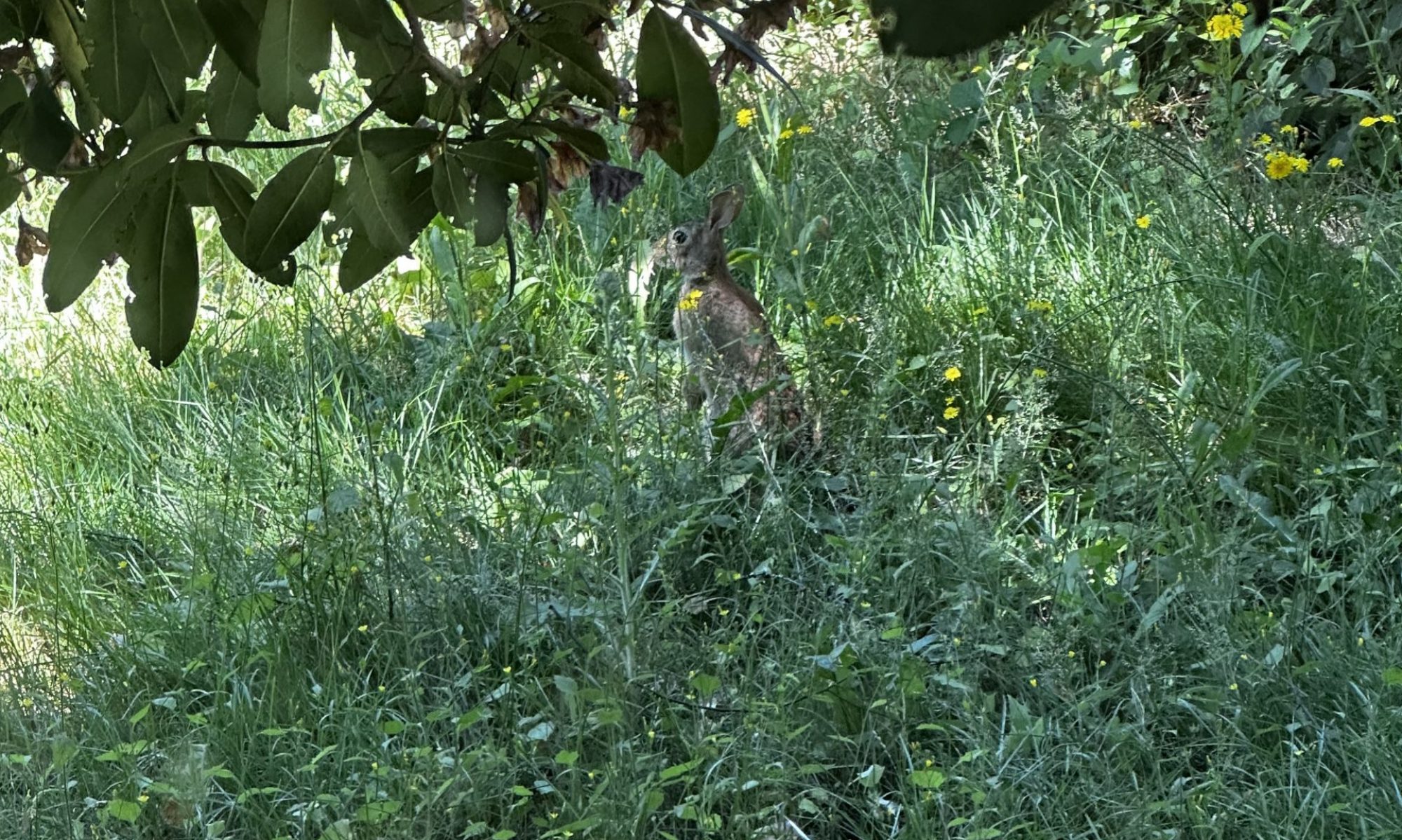Grief does not change you, Hazel. It reveals you. ~John Green, The Fault in Our Stars
You will lose someone you can’t live without,and your heart will be badly broken, and the bad news is that you never completely get over the loss of your beloved. But this is also the good news. They live forever in your broken heart that doesn’t seal back up. And you come through. It’s like having a broken leg that never heals perfectly—that still hurts when the weather gets cold, but you learn to dance with the limp. ~Anne Lamott
They say time heals all wounds, but that presumes the source of the grief is finite. ~Cassandra Clare, Clockwork Prince
Grief is a complex emotion. We usually associate grief with the lost of a person through death. And there is so much more in our lives that are losses that deserve, and require, the time for us to grieve.
Ends of relationships, be they intimate or platonic. Loss of a job. Loss of a home.
The things we often don’t think of as associated with grief, because they represent beginnings. And in truth every beginning also represents an ending of some other aspect of our lives. Birth of a child, marriage, moving to a new home, starting a new job.
Then there are the losses that we can’t really quantify or qualify in many ways. The loss of possibilities. The loss of potential. The losses of what could have been, if only…
These losses, the losses of the roads not taken, the possibilities, the potentials… those are losses associated with many of our life experiences. And they are most prevalent in the losses we suffer because of childhood abuse and neglect.
When we experience abuse and neglect at an early age, it shapes us. It determines the ways our brains develop. It dictates, in many ways, who and how we are in the world.
There is always a question for many of us, Who would, who could, I have been if these things hadn’t happened to me?How would I be able to interact with the world differently than I do now? How would my life be different? How would my choices in friends, lovers, careers have been different?
It’s not that this alternate reality would have been “better” than our lives now. But it would have been different. And perhaps, in some ways, we believe it would have been better. If only those things that were done to us hadn’t happened. If only the people who were our caretakers had loved us the way we needed. If only those people who harmed us so deeply hadn’t been deeply wounded themselves. If only they hadn’t hurt us in all the ways they did.
There is a grief in pondering these thoughts. There is also anger. Frustration. Sadness. And a full range of other emotions and sensations.
This kind of grief, the grief of the possibilities we never had, isn’t spoken of. It’s not talked about. We talk about trauma. We talk about the impacts, including chronic illness, anxiety, depression. We talk about how we feel unsafe in the world, in our own bodies. We talk about the horrors of the things that were done to us, done to too many people.
But we don’t talk about the grief associated with all of that.
In Embodied Writing :: Unspoken Grief, we will step into this work. We will acknowledge the deep sadness, resentment, rage, and grief that comes with the possibilities that were lost. The futures we were never able to have because of what happened to us. The sadness of how we live our lives, in pain, loneliness, constantly needing to do the work of processing the trauma that is in our bodies, in our minds, and fighting to find our ways to happiness, to move from a constant state of survival to one of thriving.
We’ll spend seven weeks in this work, focusing on different aspects of the grief we can process. We will acknowledge the pain of this grief, find ways to sit in the discomfort of it, and then find ways to reclaiming parts of ourselves that we believed were lost, and yet have been with us, hidden beneath our trauma, all along.
I would be over the moon if you decided to join us. We will begin in just under a month on Monday, September 2, 2019. You will receive three emails a week, each with an essay, an embodiment and/or self-regulation exercise, and writing prompts. This time I am opening the program to all humans and will not have an online group space. As this work is so private, so complex, that it is best done in our own private spaces, and if we want to share any of the work we can turn to our therapists, close friends, and or family for the support we want and need.
If you’d like to learn more you can click right here.
/../
If you’d like to subscribe to my weekly(ish) newsletter, you can do so here.
If you are interested in working with me individually, you can learn more about that here.
